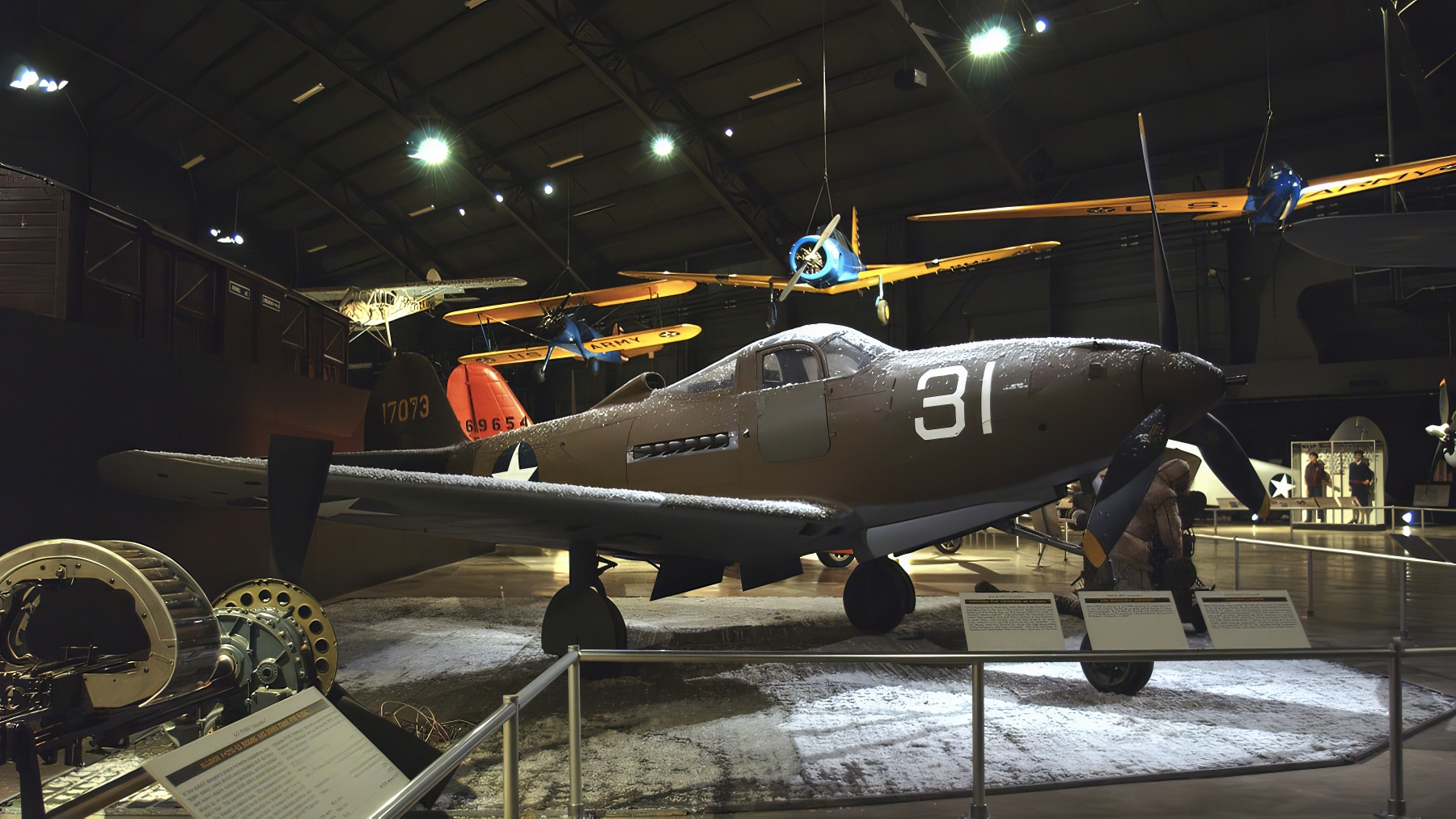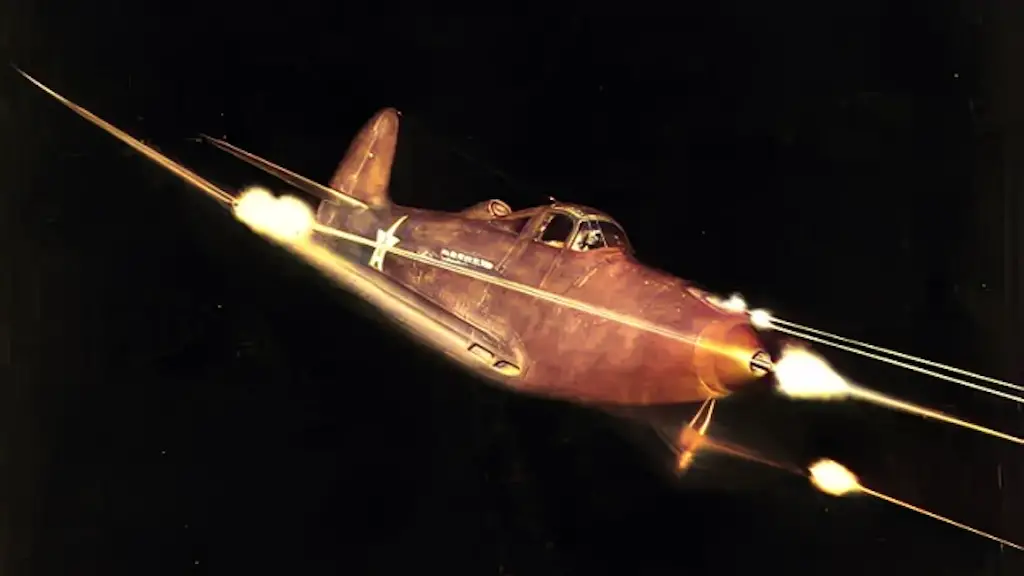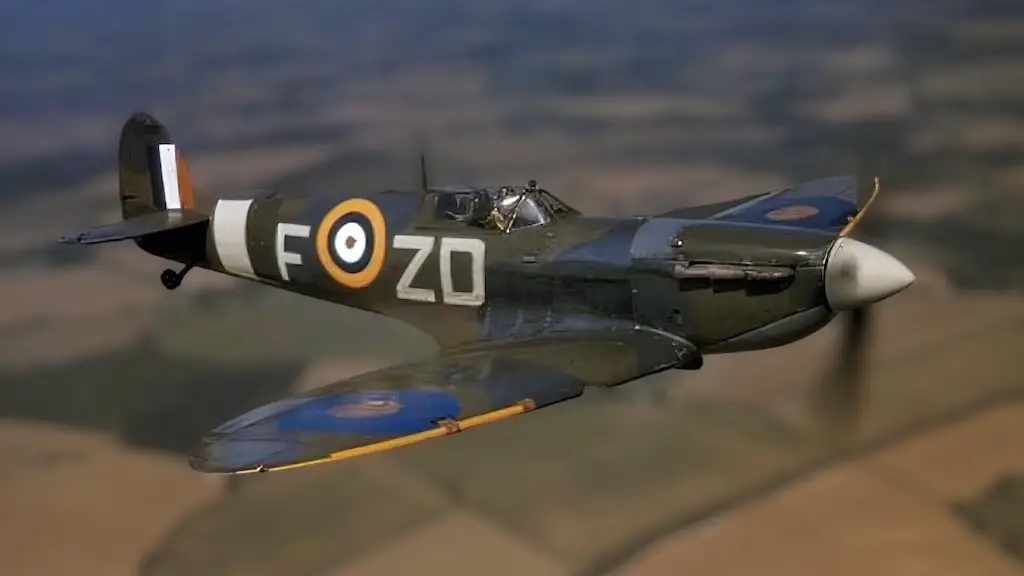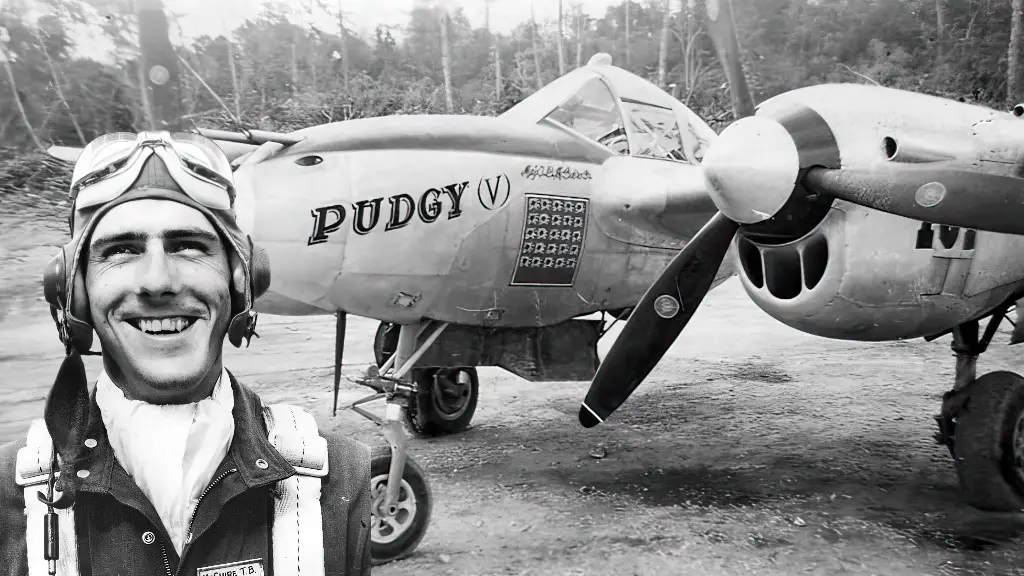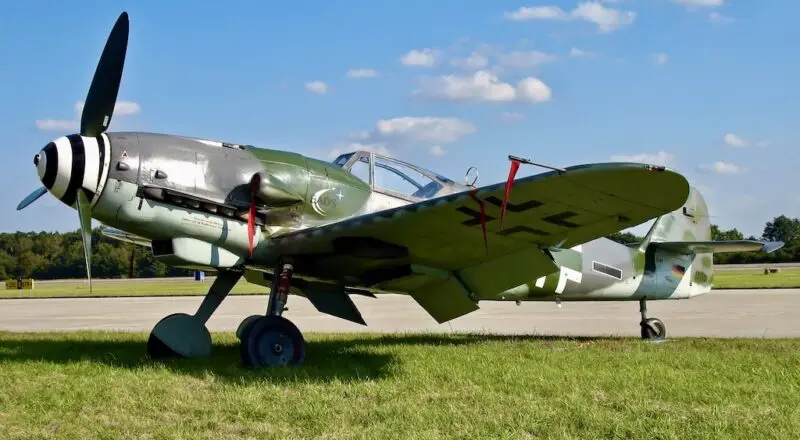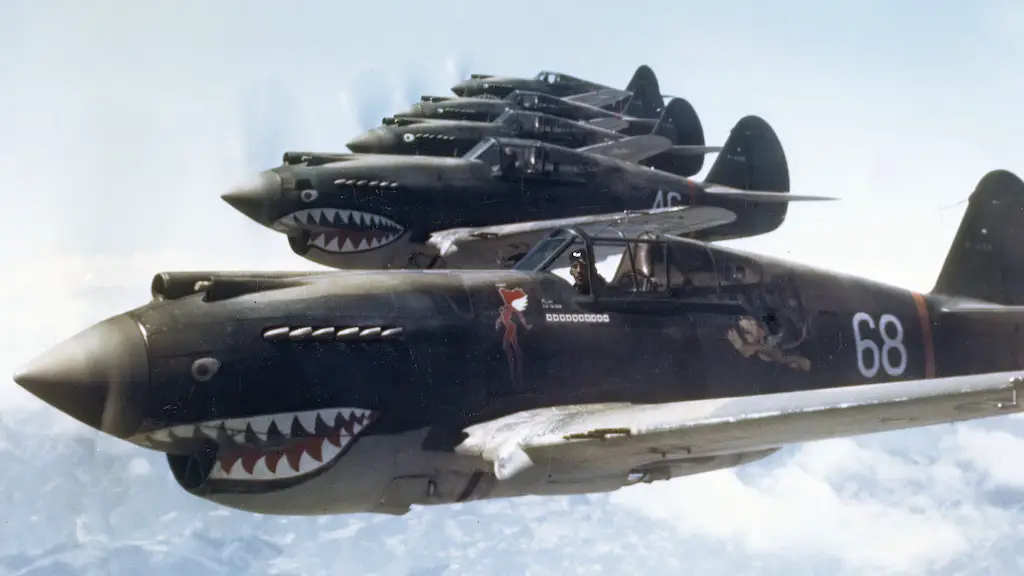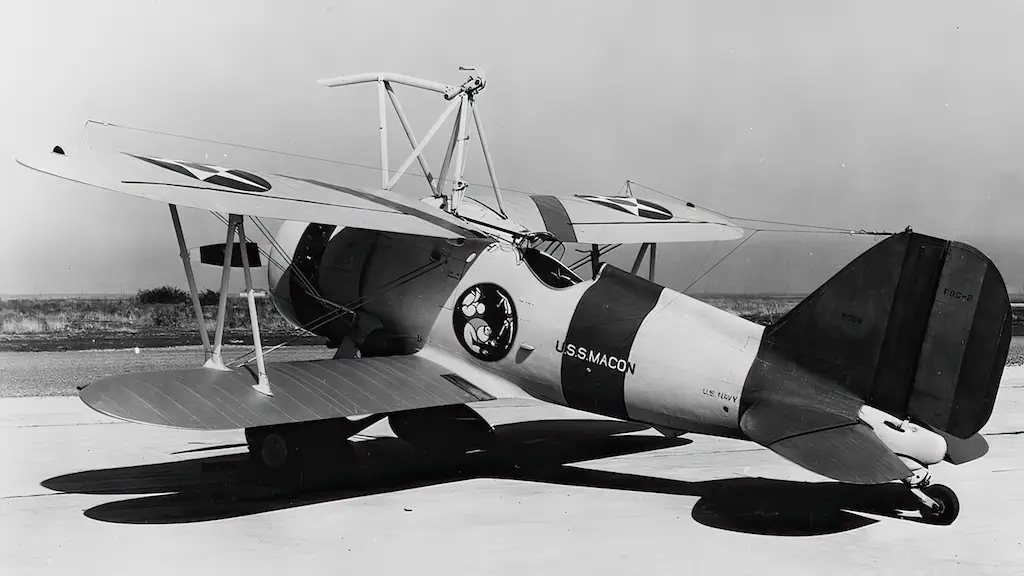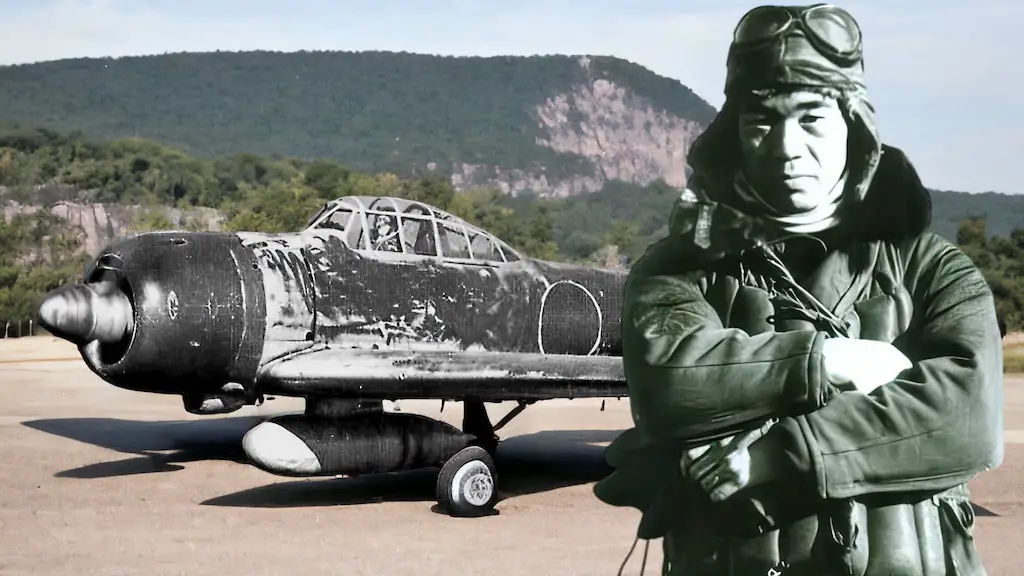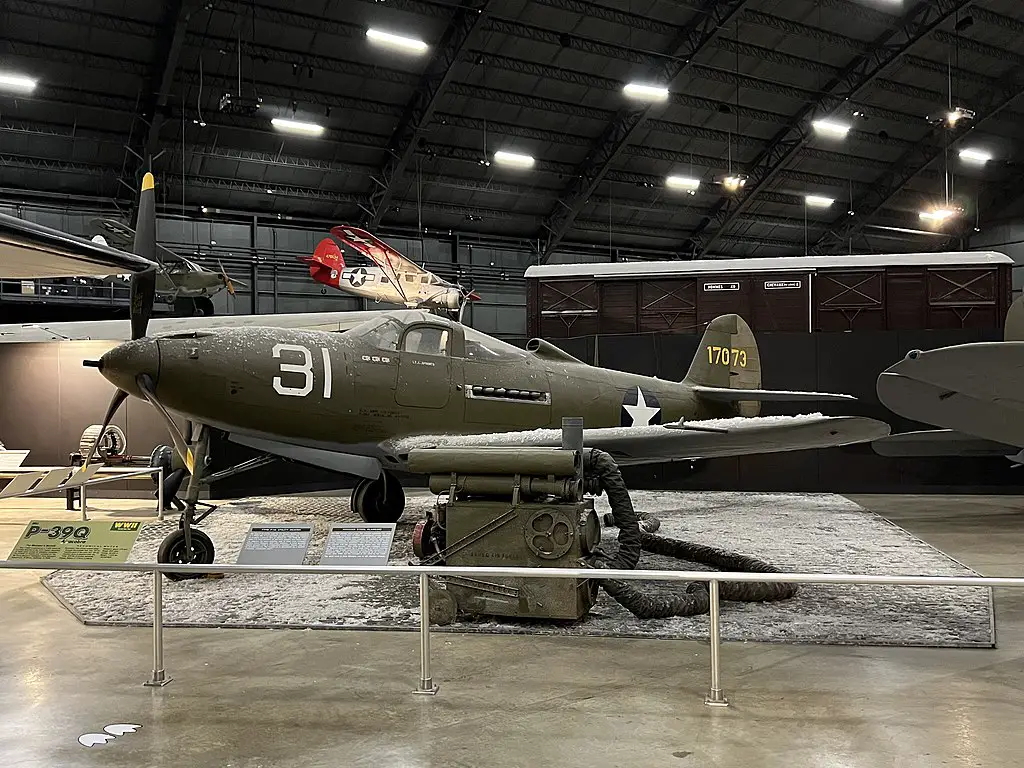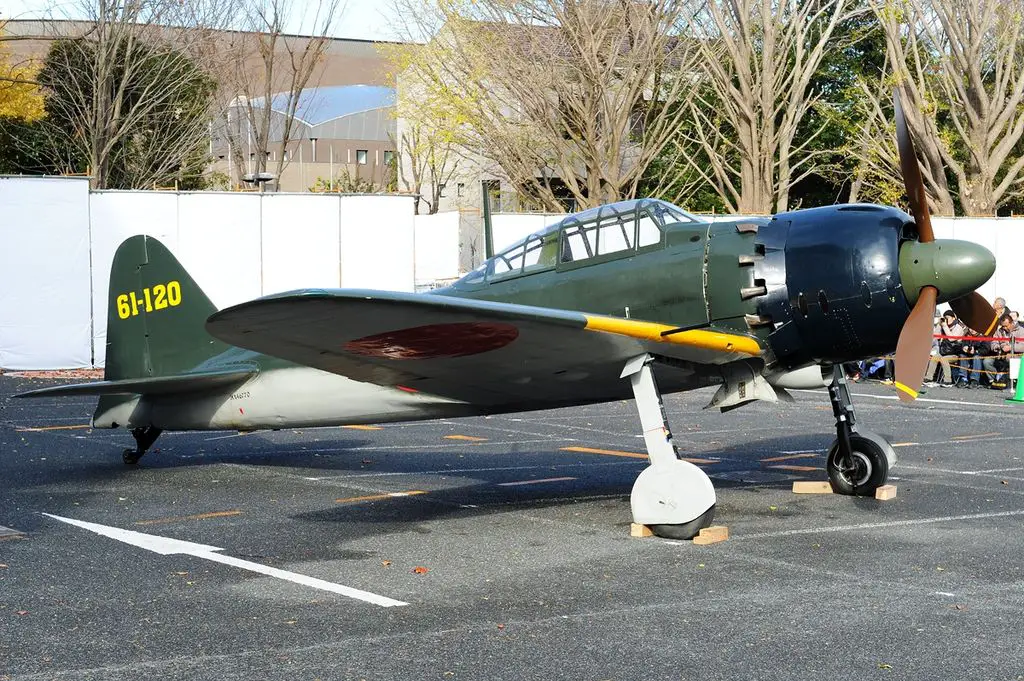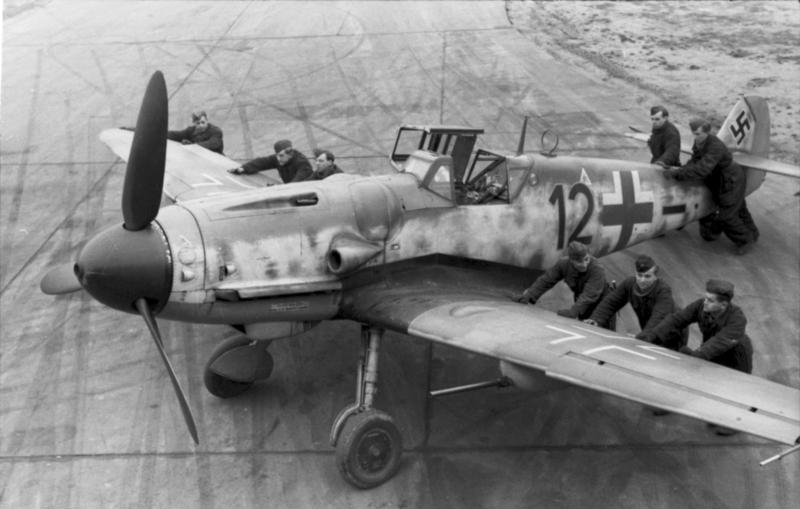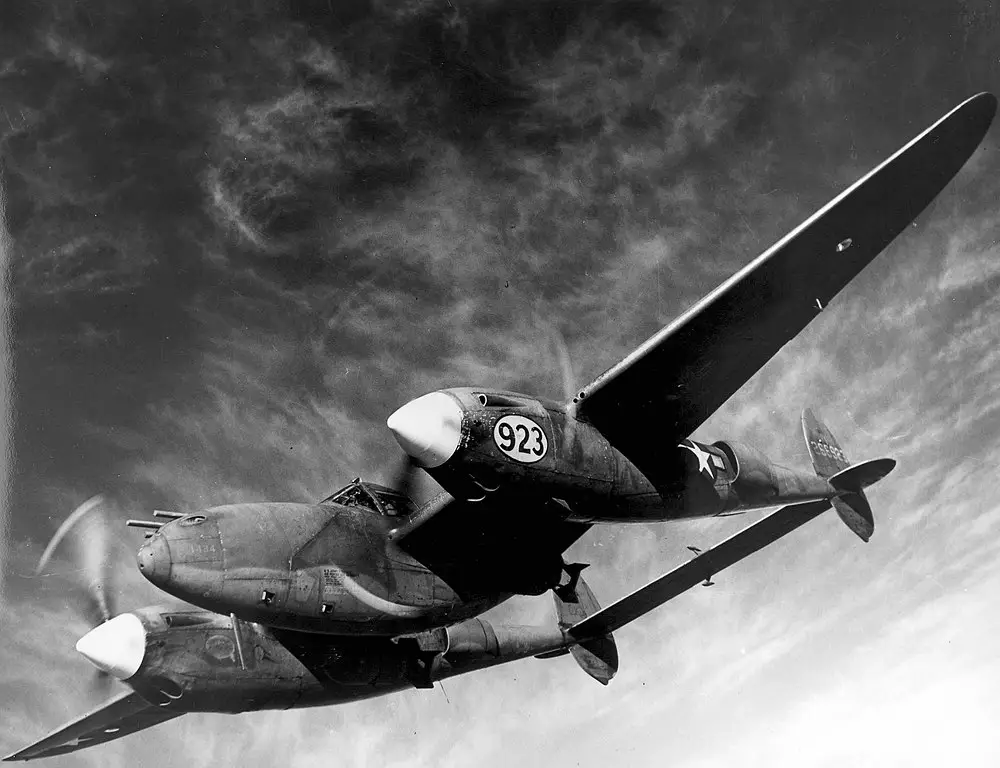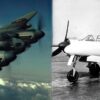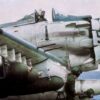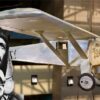Early Promise Marred by Modification Missteps
In an era where aircraft evolved rapidly, the introduction of the P-39 Airacobra by Bell Aircraft marked a significant departure from tradition. This fighter plane, conceived in the late 1930s, emerged as a beacon of innovation. Its sleek design and novel features, such as the rear-mounted engine and tricycle landing gear, suggested a radical shift in aerial combat paradigms. However, its journey from concept to combat revealed a path fraught with challenges and adaptations.
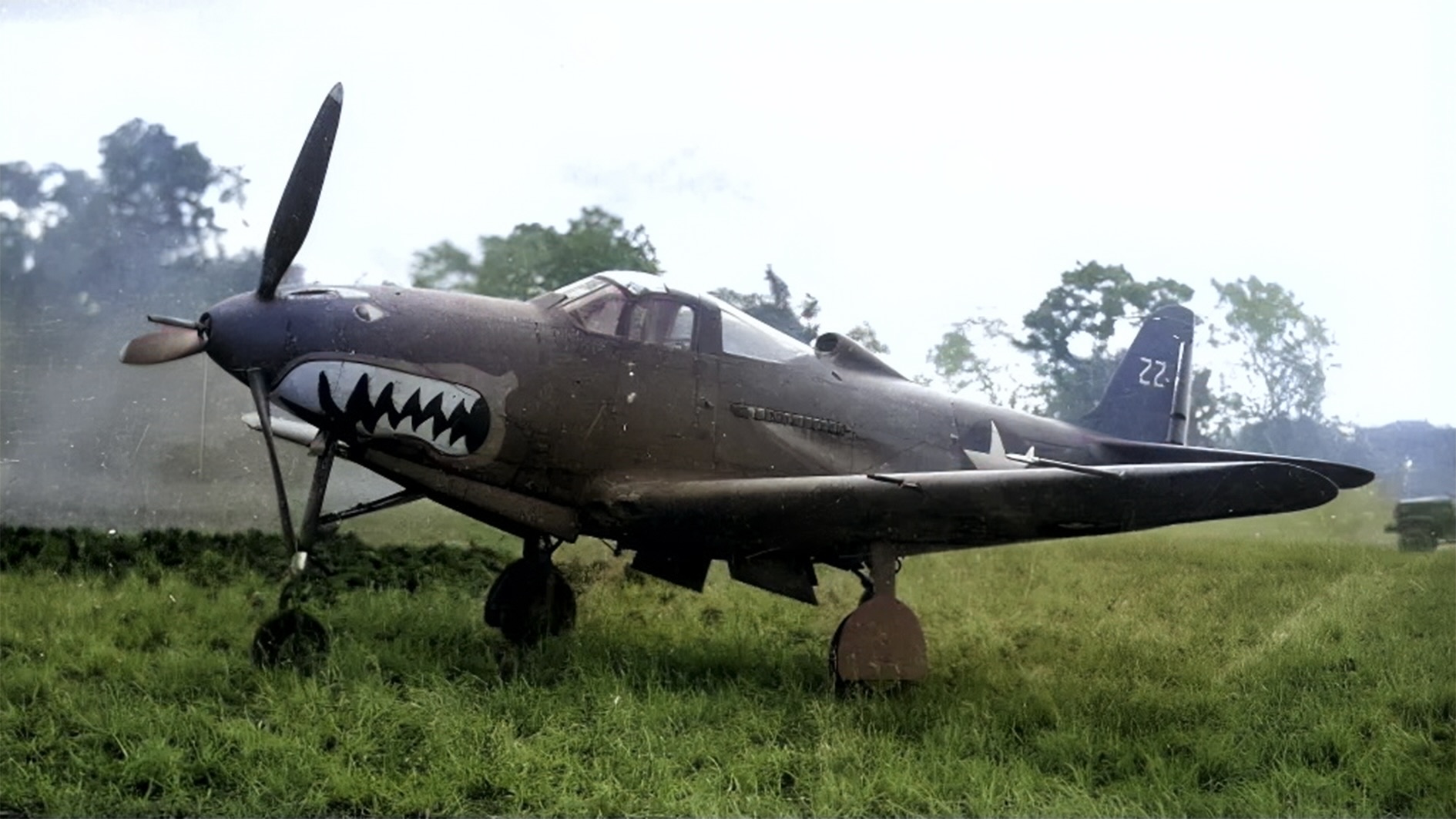
The P-39’s design was initially promising, with features that suggested superior maneuverability and firepower. Its engine, positioned behind the cockpit, and its central cannon firing through the propeller hub, were revolutionary. Yet, the aircraft’s innovative design also introduced vulnerabilities, including a predisposition to stalls and spins that raised eyebrows among pilots accustomed to more traditional layouts.
Despite these concerns, the P-39 entered production buoyed by optimism. However, subsequent modifications by the National Advisory Committee for Aeronautics (NACA), which added weight and removed the turbo-supercharger, severely diminished its performance. Stripped of its high-altitude capabilities, the Airacobra found itself consigned to low-altitude operations, far from the high-flying interceptor role it was envisioned to fill.
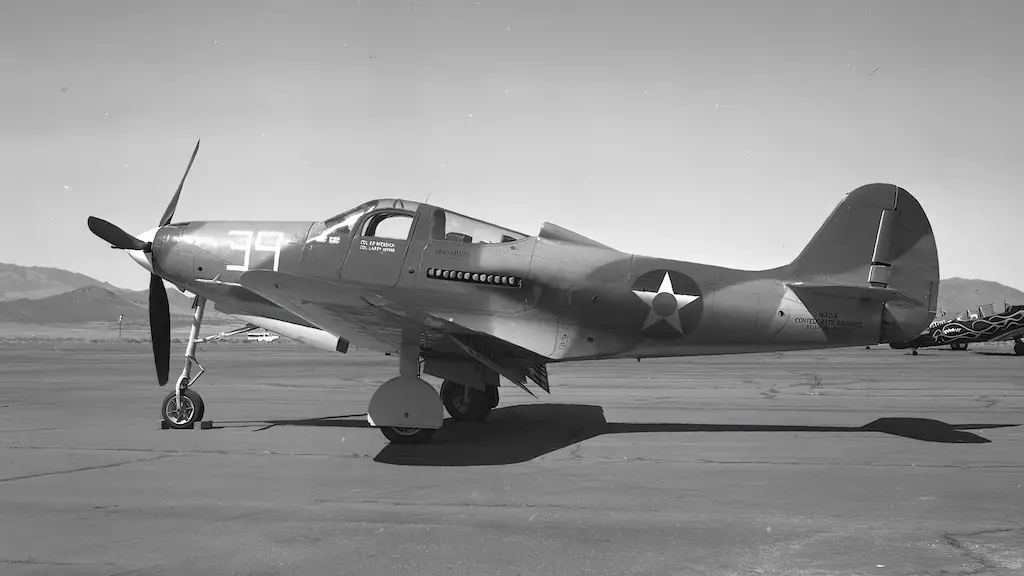
An Unlikely Hero on the Eastern Front
The P-39’s narrative took an unexpected turn when it was deployed to the Soviet Union. There, the aircraft thrived, benefiting from the tactical landscape of the Eastern Front, where combat often occurred at lower altitudes. Soviet pilots, initially wary of the Airacobra’s unconventional layout and spin susceptibility, grew to appreciate its robust ground attack capabilities and stable flight characteristics at lower elevations. The aircraft’s performance in the Soviet theater not only redeemed its reputation but also highlighted its potential when employed in roles that suited its strengths.
Despite its struggles in the Pacific, where it faced superior Japanese fighters like the Zero, the P-39 served across various theaters with distinction. In the Mediterranean and the Aleutians, it adapted to roles that leveraged its low-altitude prowess, particularly in ground attack missions. These adaptations underscored the Airacobra’s versatility, even in the face of its limitations compared to contemporaries such as the P-38 Lightning and the Bf-109.
The P-39’s service with Allied forces, from the Free French to the British, further exemplifies its global footprint. However, its deployment with the British RAF highlighted its deficiencies at high altitudes and led to its early retirement from front-line service in Europe. This setback, coupled with the initial reluctance of other Allied nations, underscores the mixed legacy of the Airacobra during the war.
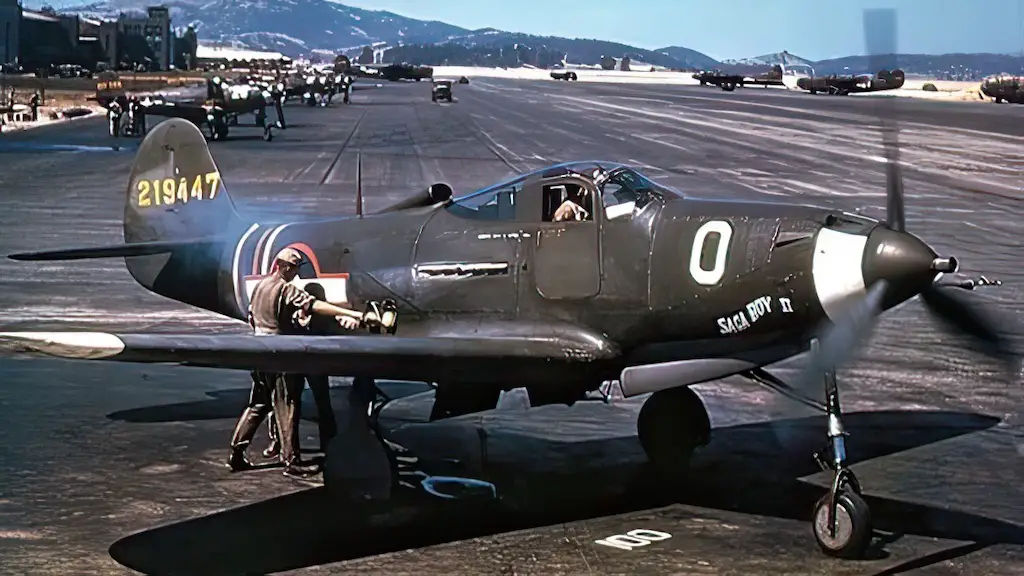
A Legacy Forged in Innovation and Adaptation
The story of the P-39 Airacobra is one of innovation, controversy, and adaptation. It challenged the status quo with its design, faced criticism for its performance shortfalls, and ultimately found a niche where it could shine. Its journey reflects the complexities of military aviation development, where success is often a blend of technological prowess and strategic insight. Its innovations, such as the tricycle landing gear and the concept of a rear-mounted engine, paved the way for later advancements in aviation. Moreover, its success on the Eastern Front demonstrates the importance of matching aircraft capabilities with tactical needs, a principle that remains relevant in modern aerial warfare.
